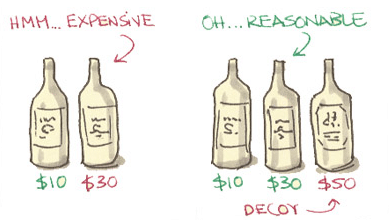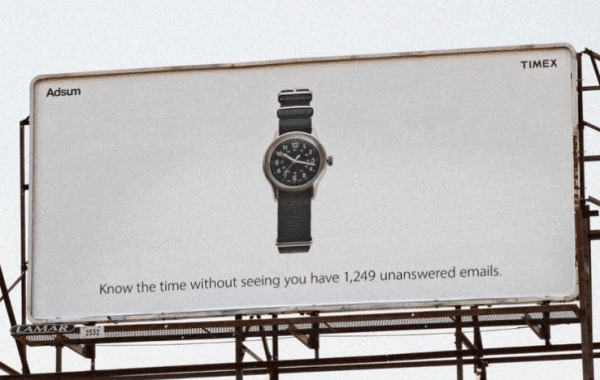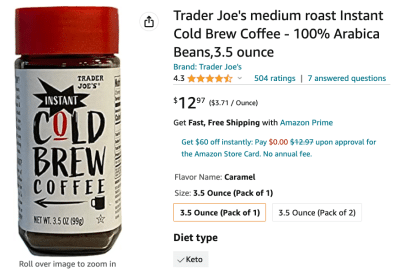 Contrary to popular belief, facts don’t “speak for themselves.”
Contrary to popular belief, facts don’t “speak for themselves.”
The meaning of a given fact will depend on context and frame of reference.
Here’s an anecdote (stolen from Dave Trott) that perfectly illustrates that:
The late Steve Jobs said the worst and best day of his life happened on the same day.
It was the day a childhood friend told him he was adopted.
He was on the swings when the girl next to him told him he was adopted because his “real mum and dad didn’t love him enough to keep him.”
It crushed him, and he went home crying to his step-parents, who told him that yes, he was adopted, but it was because his real parents loved him so much they were willing to suffer the heartbreak of separation to ensure he had a better life than they could provide for him.
And also, most parents just get the child that they conceive, luck of the draw style, but they were lucky enough to get to choose the perfect little boy out of all the ones available, and they chose him because he was the very best little boy they could ever dream of having.
Same fact, two very different frames.
And, yes, this applies to advertising. Big Time.
Here’s a nice visual example:

Is the fact that this simple and inexpensive Timex only has one function a feature or a flaw?
After you see that billboard, it’s pretty clearly a feature.
And then there’s this little gem of reframing:

Ask most coffee-lovers if they’d like some instant coffee, and they’d wrinkle their nose in disgust.
“Hey, the 1980s called, and they want their Taster’s Choice back!”
But what about Instant Cold Brew from Trader Joe’s?
“Oooh, sounds exotic. Yes, please!”
Then there’s Gary Hennerberg’s genius reframing of fruit cake to Native Texas Pecan Cake. Sales increased 60% practically overnight.
Same cake, totally different framing.
Don’t Hide From Your Downside
Frankly, every business owner and advertising professional wants a product that has no-brainer appeal with no downsides.
Hence the fantasy appeal of a product with a compelling USP and no real competition.
But that almost never happens. There are usually pros and cons to everything.
And in that situation, the worst thing you can do is to ignore the cons and hope the customer doesn’t notice.
“Pay no attention to that elephant sitting on the coach between us, and let’s talk about why you should buy X…”
The best thing you can do is to reframe the negative.
One great example is Canadian Club’s “Damn Right Your Dad Drank it” campaign.
Another example is Aldi’s Like Brands. Only Cheaper campaign.
See, when the German discount supermarket chain, Aldi, initially expanded into the UK, it was a failure.
Brits walked in expecting to find familiar brands. And when they saw nothing but strange and unfamiliar “cheater-brands,” they walked out again, empty-handed and disappointed.
Aldi’s had to reframe the fact that they don’t carry recognized brands into something positive for the consumer.
So here’s the campaign they launched:
Finally, if you’ve got time for one more example, I’ll give you this radio ad from yours truly that reframes a burger joint’s lack of a drive-through and small-town location into a positive:
People Don’t Change Their Minds — And Here’s How to Help Them Do It Anyway
In the Wizard of Ads, we like to say that people don’t “change their minds.”
They either make new decisions based on new information. Or they make a new decision based on a new perspective for the information they already had.
Either approach can work, but most advertising creative miss both of them because they require doing a proper bit of Uncovery, research, and strategy before leaping into creativity.
Yet, of the two approaches, reframing is truly the core skill of a copywriter.
Because the ability to reframe a negative lends itself just as well to dramatizing positives.
So if your ads aren’t using it, you may want to ask why. Or even look for an ad team with better creative chops.
- Are You Paying for Too Much for the Wrong Keywords? - July 15, 2024
- Dominate Your Market Like Rolex — 4 Powerful Branding Lessons - July 3, 2024
- Military-Grade Persuasion for Your Branding - June 25, 2024
